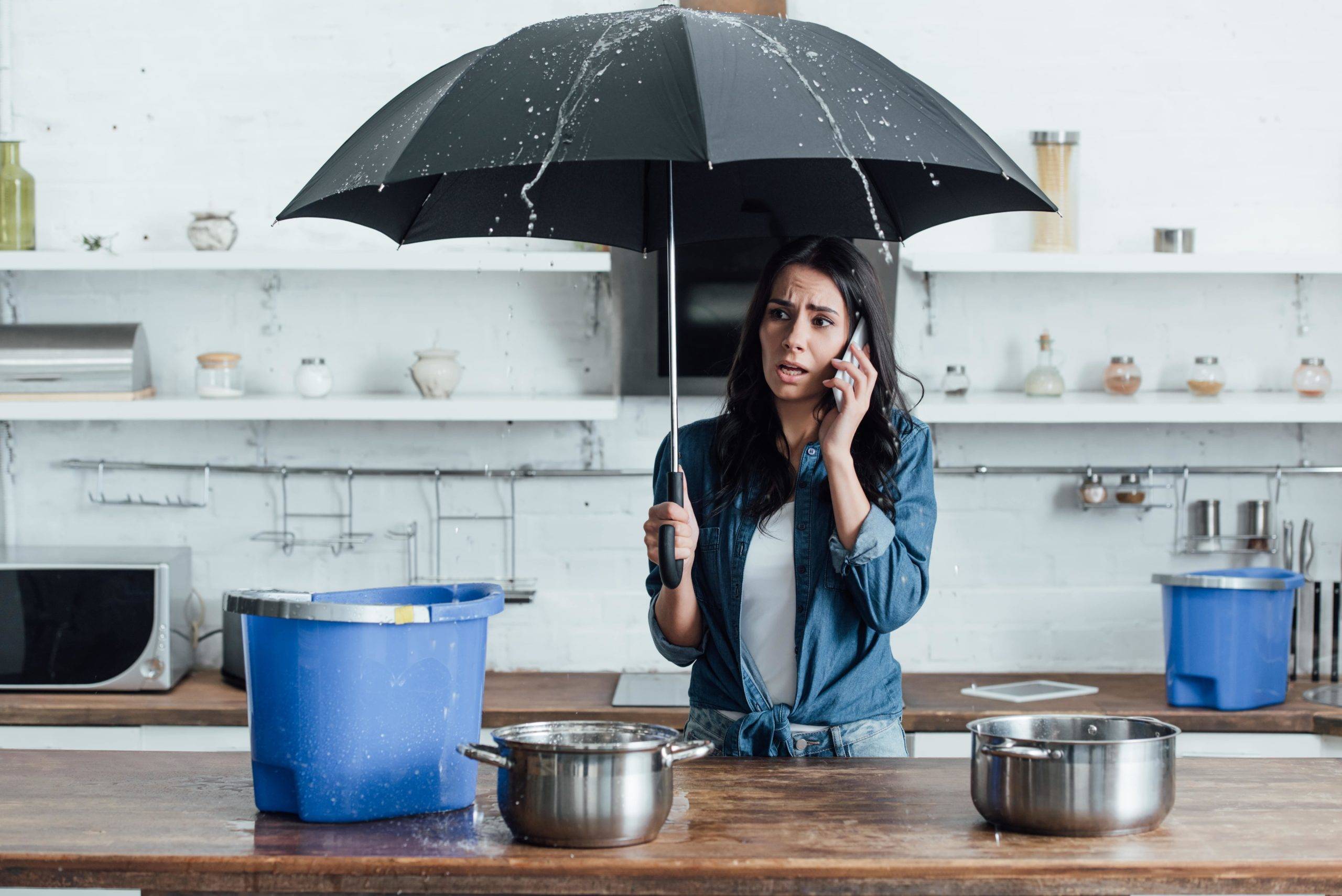
13 Oct Flood Damage Repair 101: Expert Tips
Introduction
Flood damage can be devastating, causing significant disruption to homes and businesses. The aftermath of a flood involves not only the removal of water but also the restoration of affected areas to prevent further damage such as mold growth. This guide provides expert tips for swift water damage restoration, ensuring that you are well-equipped to handle such emergencies effectively.
Assessment and Safety Precautions
Initial Assessment
The first step in flood damage repair is to assess the extent of the damage. This involves inspecting all affected areas, including basements, walls, floors, and ceilings. Look for signs of structural damage and take note of any items that need immediate attention.
Safety First
Before starting any restoration work, ensure that the area is safe. Turn off electricity to avoid electrical hazards and wear protective gear such as gloves, boots, and masks. If you suspect structural damage, consult a professional before proceeding.
Documenting Damage
It’s crucial to document all damages for insurance purposes. Take photos and videos of the affected areas and make a list of damaged items. This documentation will be essential when filing an insurance claim.
Water Removal Techniques
Using Pumps and Vacuums
Once the assessment is complete, begin removing standing water using pumps or wet/dry vacuums. Start from the lowest point in your home and work your way up. Ensure that you dispose of the water safely to prevent contamination.
Submersible Pumps
Submersible pumps are highly effective for removing large volumes of water quickly. These pumps can be submerged in water and are ideal for basements or heavily flooded areas.
Wet/Dry Vacuums
For smaller areas or less severe flooding, wet/dry vacuums can be used to remove water. These vacuums are versatile and can handle both wet and dry debris.
Manual Methods
If you don’t have access to pumps or vacuums, manual methods such as mopping or using buckets can be employed. Though labor-intensive, these methods are better than allowing water to sit and cause more damage.
Drying Process
Ventilation
Proper ventilation is key to drying out flooded areas. Open windows and doors to allow fresh air to circulate. Use fans to speed up the drying process by directing airflow towards damp areas.
Dehumidifiers
Dehumidifiers are essential for reducing humidity levels in affected areas. Place them strategically around your home to absorb moisture from the air effectively.
Heating Systems
Using heating systems can accelerate the drying process. Portable heaters or your home’s central heating system can help evaporate moisture more quickly.
Mold Prevention and Treatment
Identifying Mold
Mold can start growing within 24-48 hours after flooding. Look for signs of mold such as discoloration on walls, a musty odor, or visible spores. Early identification is crucial for effective treatment.
Preventative Measures
To prevent mold growth, ensure that all areas are thoroughly dried within 24-48 hours. Use mold-resistant products during repairs and maintain low indoor humidity levels with dehumidifiers.
Treating Mold Infestations
If mold has already started growing, use appropriate cleaning solutions such as bleach or commercial mold removers. For extensive infestations, it’s best to hire professional mold remediation services.
Restoration and Repairs
Structural Repairs
After removing water and drying out your home, assess any structural damages that need repair. This may include fixing walls, floors, ceilings, or even foundational issues caused by prolonged exposure to water.
Hiring Professionals
For major repairs, it’s advisable to hire licensed contractors who specialize in flood damage restoration. They have the expertise and equipment needed to restore your home safely and efficiently.
Conclusion:
Flood damage repair requires prompt action to minimize long-term effects on your property. By following these expert tips—from assessment through final repairs—you can effectively manage flood damage restoration while safeguarding your home against future incidents.
Key Takeaways:
- Conduct a thorough assessment before beginning any repair work.
- Prioritize safety by turning off electricity & wearing protective gear.
- Use appropriate tools like submersible pumps & wet/dry vacuums for water removal.
- Adequate ventilation & dehumidification are crucial in speeding up drying processes & preventing mold growth.
- Mold prevention measures should be implemented immediately post-flooding; early detection/treatment is vital if found present already within premises later on too!
- Pursue professional help when necessary especially concerning significant structural damages requiring specialized expertise beyond DIY capabilities alone!
Sorry, the comment form is closed at this time.